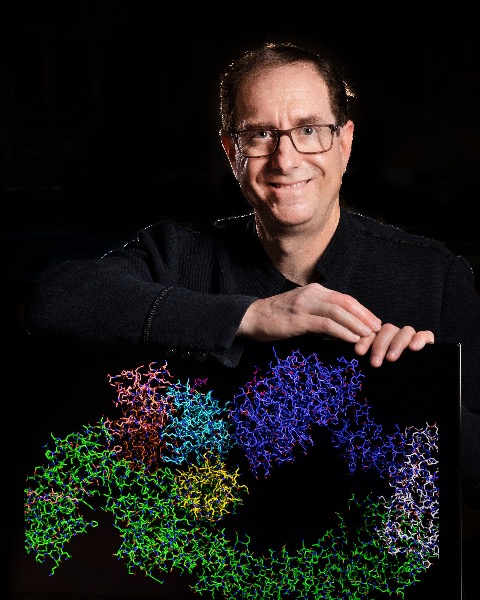New Modalities
Robust neo-substrate ubiquitylation by Cullin-RING ligases depends on the identity of the ubiquitin-carrying enzyme

Gary Kleiger, PhD
Associate Professor
University of Nevada, Las Vegas, Nevada, United States
The cullin-RING ligases (CRLs) are the largest family of ubiquitin ligases in humans and are currently being used as vehicles for proteolysis-targeting chimeric drugs (PROTACs) that hold great promise to target and degrade disease-causing proteins. Despite the justifiable exuberance for this novel area of drug discovery, it is fair to say that CRLs are exceptionally complex enzymes and that several key aspects regarding their mechanism of action still await elucidation. For instance, the enzymes that collaborate with CRLs by bringing activated ubiquitin to the CRL-substrate complex, referred to here as ubiquitin-carrying enzymes, are numerous and appear to display distinct biochemical activities that depend on factors such as the identity of the CRL, the substrate receptor module, and even the substrate itself. I will present unpublished results demonstrating that the human CRL enzyme system displays exquisite specificity with neo-substrates targeted to cullin-RING ligases by PROTAC-based drugs. These results will be pertinent to ongoing therapeutic approaches that employ induced proximity-based protein degradation.


